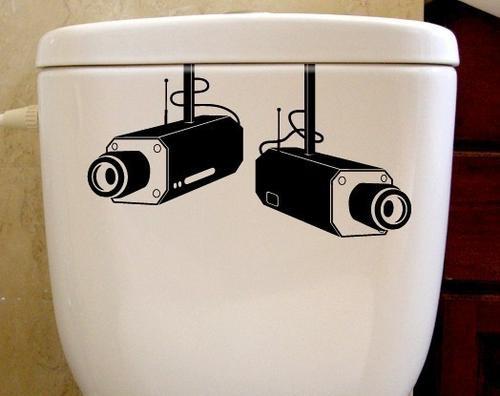London Ambulance Service snares unisex signs vandal and other Blue Mooners
There’s a scene in Grease, the 1978 film, where the school principle vows to call in the FBI and thereby identify the three ‘Blue Mooners’ who bared their backsides at the televised dance. The trio showed only their arses but the FBI have special tools and forensics to aid detection. The London Ambulance Service (LAS) also has top people on hand. It’s called in handwriting experts to understand which NHS staff defaced signs making lavatories, showers and changing rooms gender-neutral.
Is it a man, a woman or something else? The LAS’s emergency operators have been advised not to call people “madam” or “sir”, and stop using the prefixes “Mr” or “Mrs” even if callers request it. They should consider using the gender-neutral pronoun “Mx”.
Jules Lockett, head of emergency operations centre training at London Ambulance Service, and joint head of its lesbian, gay, bisexual and transgender network, is quoted in the Sunday Times: “We did get a lot of people trying to rip the signs down, so we just printed a lot off and were just going round and sticking them back on.” But someone took “a permanent marker into the toilet to make changes on the signs, et cetera, that we’ve put up… What people don’t realise is we’ve had one of our directors who has collected these signs, collected the handwriting and asked for a professional analyst to compare that handwriting with the handwriting they used on their patient report forms, and we have found [a] person.”
Aside from being utterly absurd, the shared facilities are not universally wanted. Nicola Williams, of Fair Play for Women, is quoted: “Whether women have to share their private spaces with men may not matter to Jules Lockett, but it does matter a great deal to other women, including clearly to many of her own staff. This is a classic example of someone trampling on women’s rights and safety and congratulating herself for it.”
How about if Mrs Caller used to be Mr Caller and requires help to a part of the body often unique to one gender? Lockett says “it was sometimes necessary to establish someone’s birth gender because it affected the medical treatment they needed”. Well, yes. But what if they have changed their birth gender? If you get your gender change legally recognised, you can order a new birth certificate with your new gender on it. The rules are here. Right now, to change gender who you must have been “diagnosed with gender dysphoria by a doctor or had surgery to change your sexual characteristics” and have lived in your acquired gender for two years.you are then apprised by a panel. It’s an ordeal for many. One proposed change – aimed at making what the process easier – would allow people to “self-declare” their gender. To say it is to be it.
But what about women’s right? Does giving people the opportunity to self-determine their gender make women feel safer in refuges, toilets and prisons? But back to health matters? If under the terms of the Government’s Gender Recognition Bill a man can declare himself a that he is in fact a woman, and his birth certificate changed accordingly, how are they best treated in a medical emergency? Does the woman with a penis get a letter inviting her to attend a smear test? Does the man with a womb seek advice on hot flushes and testicular cancer? When do a person’s medical recodes – documented fact – become documented theory?
As for the sign scrawler, the London Ambulance Service says: “There have been a small number of occasions where discriminatory graffiti has been left. These incidents have been reported to managers and investigated.”
Round up the usual suspects:
Posted: 18th, November 2018 | In: Key Posts, News Comment | TrackBack | Permalink



